Outsourcing Laundry Services
Outsourcing laundry services is becoming a prevalent trend within the Industrial Laundry Market. Many businesses are opting to partner with specialized laundry service providers to streamline their operations and reduce costs. This approach allows companies to focus on their core competencies while ensuring that their laundry needs are met by experts in the field. The outsourcing trend is particularly strong in sectors such as healthcare and hospitality, where the volume of laundry is substantial. As organizations seek to enhance efficiency and reduce overhead costs, the demand for outsourced laundry services is expected to grow, further shaping the landscape of the industrial laundry market.
Growth of the Hospitality Sector
The growth of the hospitality sector significantly influences the Industrial Laundry Market. As the number of hotels, restaurants, and catering services continues to rise, so does the demand for professional laundry services. This sector requires high volumes of linens, uniforms, and other textiles to be cleaned regularly, creating a robust market for industrial laundry providers. According to industry reports, the hospitality sector is anticipated to expand at a rate of around 6% annually, which will likely drive the demand for industrial laundry services. This trend underscores the importance of reliable laundry solutions in maintaining the quality and presentation of hospitality offerings.
Increased Focus on Sustainability
The Industrial Laundry Market is witnessing a shift towards sustainability as businesses increasingly prioritize eco-friendly practices. This trend is characterized by the adoption of green cleaning agents, recycling equipment systems, water and energy-efficient machinery. Companies are recognizing that sustainable practices not only reduce their environmental footprint but also appeal to environmentally conscious consumers. The market for sustainable laundry solutions is projected to grow, as organizations seek to enhance their corporate social responsibility initiatives. This focus on sustainability may lead to a competitive advantage for industrial laundry providers who can demonstrate their commitment to environmentally friendly practices.
Rising Demand for Hygiene Standards
The Industrial Laundry Market experiences a notable increase in demand for stringent hygiene standards across various sectors, including healthcare, hospitality, and food services. This heightened focus on cleanliness and sanitation is driven by the need to prevent infections and ensure safety for both employees and customers. As a result, many organizations are investing in professional laundry services to meet these standards. The market for industrial laundry services is projected to grow at a compound annual growth rate of approximately 5.5%, reflecting the increasing emphasis on hygiene. This trend is likely to continue as businesses recognize the importance of maintaining high cleanliness levels to enhance their reputation and operational efficiency.
Technological Advancements in Laundry Equipment
Technological advancements play a pivotal role in shaping the Industrial Laundry Market. Innovations such as automated washing systems, energy-efficient machines, and advanced textile recycling care technologies are transforming traditional laundry processes. These advancements not only improve operational efficiency but also reduce water and energy consumption, aligning with sustainability goals. The integration of smart technologies, such as IoT-enabled machines, allows for real-time monitoring and predictive maintenance, further enhancing productivity. As companies seek to optimize their laundry operations, the adoption of these technologies is expected to rise, potentially leading to a more competitive landscape within the industrial laundry sector.


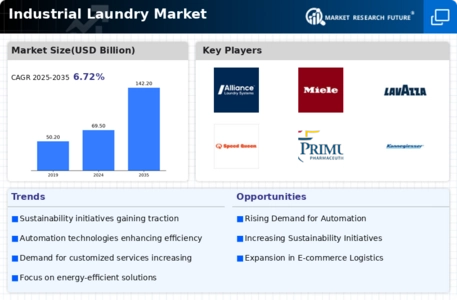
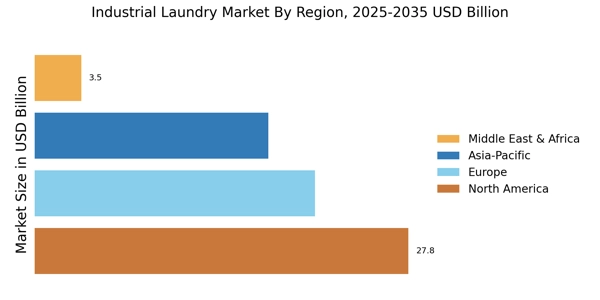

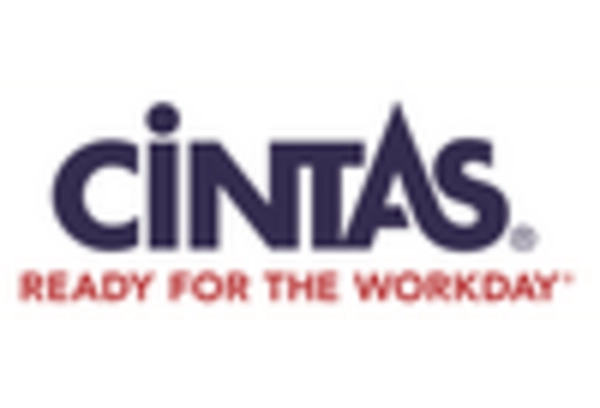

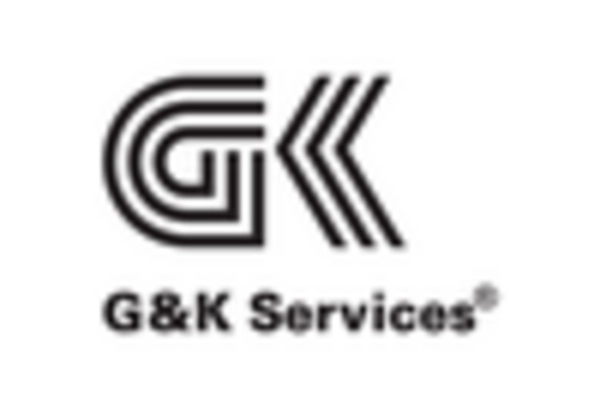
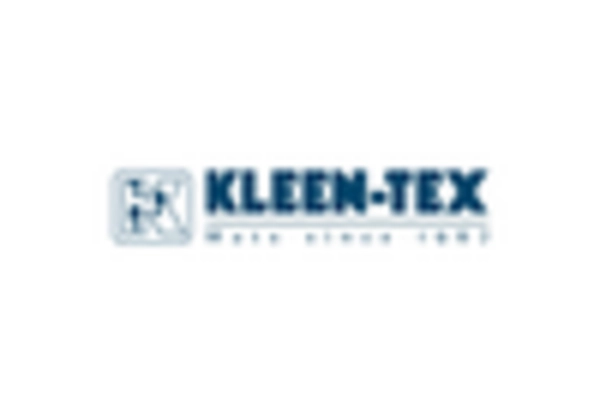









Leave a Comment